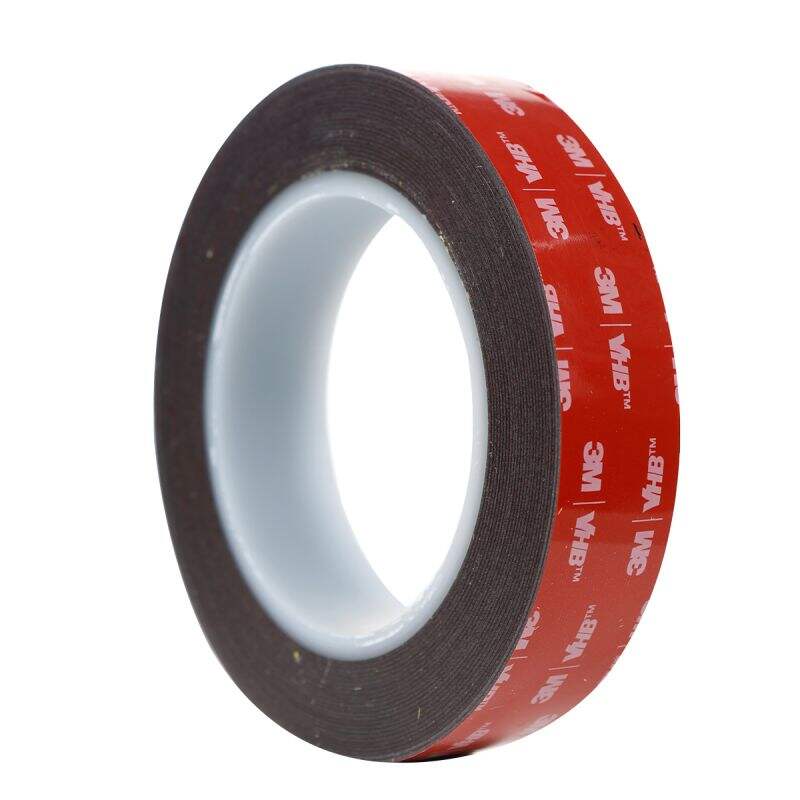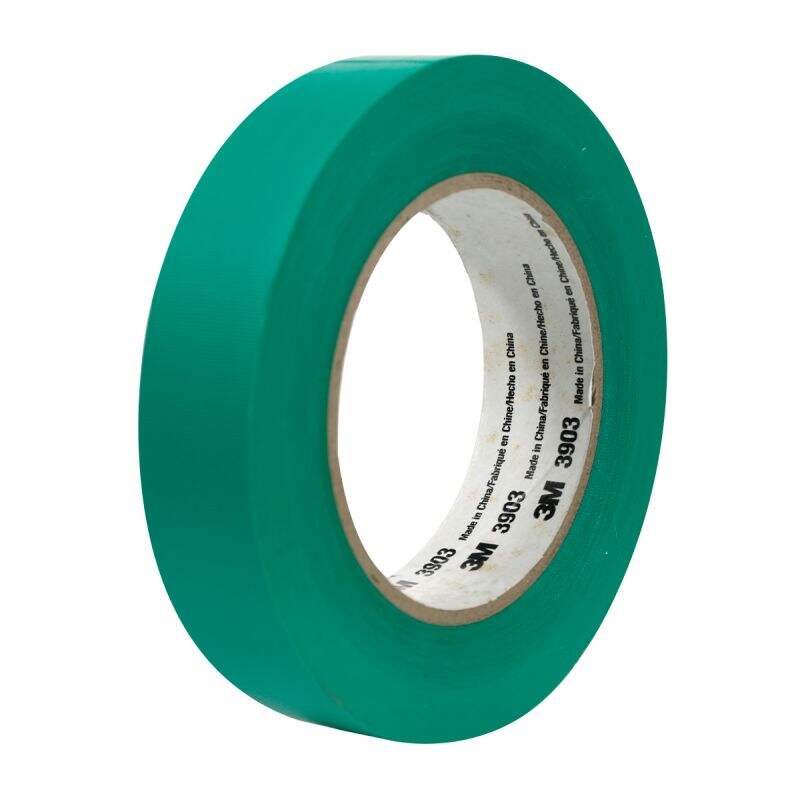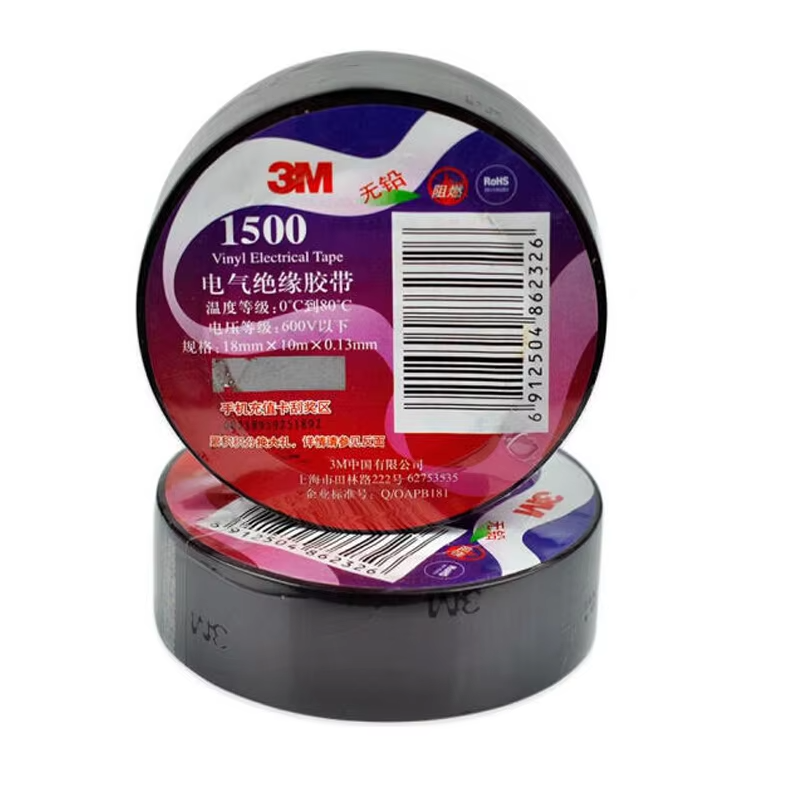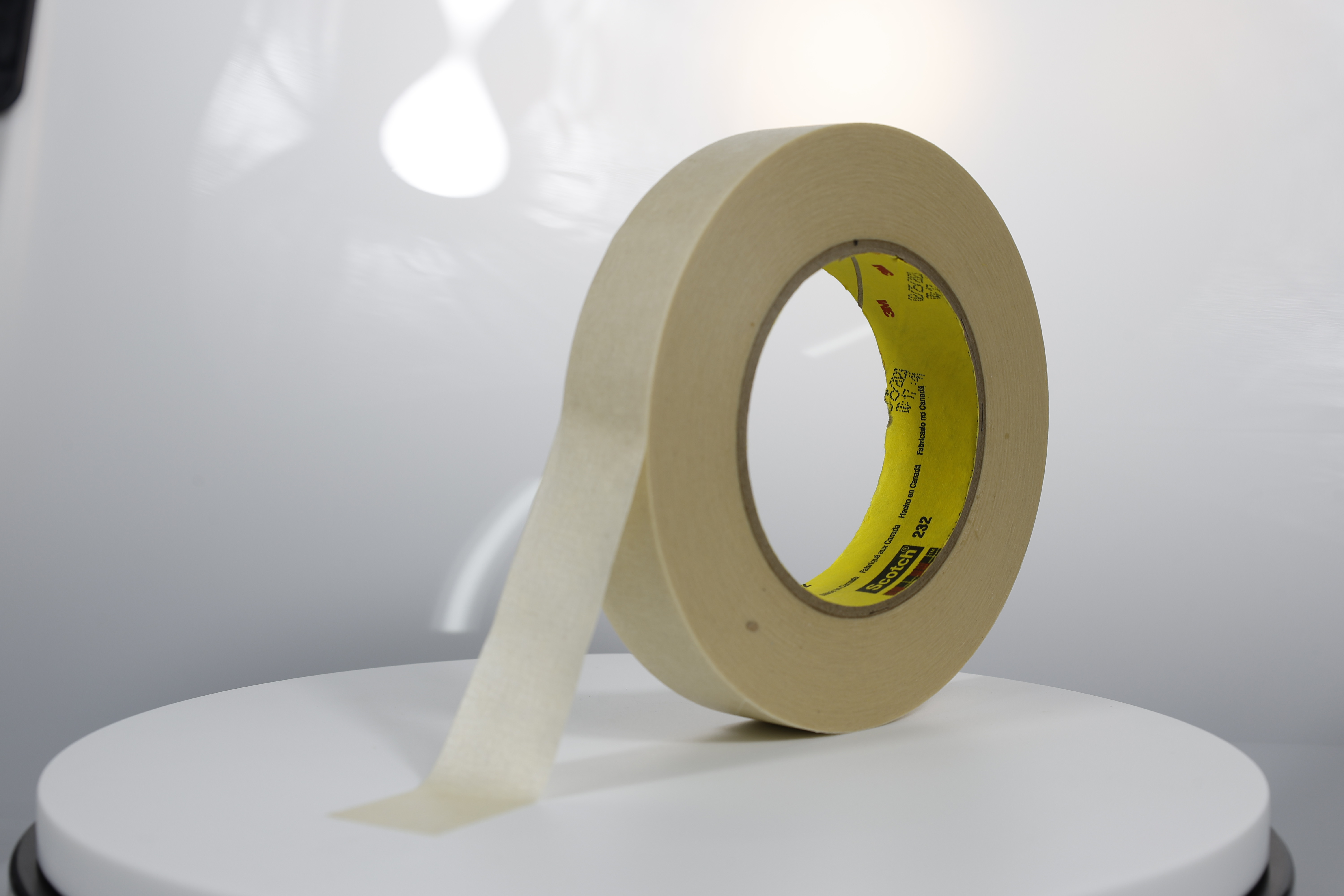If you're painting, get masking tapes that won't leave a mess – they're a real lifesaver!
Why Choose the Best Masking Tapes for Painting?
Selecting the right type of tape for painting projects is crucial for achieving professional results. Masking tape and painter's tape, though often used interchangeably, have distinct characteristics. Masking tape, known for its versatility, can be used for various tasks, whereas painter's tape is specifically designed to provide crisper, cleaner paint lines. This distinction is vital for DIYers and professionals who demand precision and quality in their finished projects.
Using high-quality masking tape offers numerous benefits that elevate your painting endeavors. A key advantage is its ability to prevent paint bleed, ensuring clean edges and reducing the need for tedious touch-ups. Additionally, quality masking tape reduces the time needed for cleanup by minimizing paint seepage. According to a study by a major home improvement organization, proper application of masking tape can enhance painting outcomes by up to 30%. This statistic underscores the importance of investing in the right materials to achieve seamless and impressive results in any painting project.
Key Features to Look For in Masking Tape
When selecting masking tape, several key features can significantly impact the success of your project. The adhesion strength of the tape is paramount; tapes with a medium level of tackiness are recommended for most surfaces as they adhere well without leaving a sticky residue. Experts suggest that a balanced adhesive ensures the tape stays in place but can be removed cleanly, making it ideal for a variety of applications such as painting and masking Duck Clean Release Painter's Tape.
Clean removal is another crucial aspect to consider when choosing masking tape. Low-quality tapes can often peel away with the paint or leave adhesive residue behind, causing additional work and frustration. Fortunately, modern adhesive technologies have greatly improved in this regard. For instance, tapes like FrogTape Pro Grade Painter's Tape employ advanced adhesive formulas that allow for easy removal without sacrificing paint protection.
Durability and weather resistance are also important factors, especially for outdoor projects. Masking tapes designed for exterior use should endure various weather conditions, including moisture and UV exposure. Tapes that meet industry standards for weather tolerance are more likely to withstand such challenges and remain effective without degrading quickly. A good masking tape should maintain its integrity through different environmental stresses, providing reliable performance across various applications.
Top Recommendations for the Best Masking Tapes for Painting
Selecting the right masking tape can significantly influence the success of your painting projects. Here are top recommendations for the best masking tapes to ensure clean, professional results:
FROGTAPE Multi-Surface Painter's Tape
- Attributes: Paint Block technology which prevents paint bleeding, making it ideal for sharp lines.
- Applications: Perfect for both short and long-term projects with an effectiveness of up to 21 days indoors.
- Customer Feedback: Highly rated for its effectiveness in maintaining clean edges.
Scotch Painter's Tape Safe-Release for Delicate Surfaces
- Attributes: Offers a gentle adhesive suitable for delicate surfaces such as wallpaper and drywall.
- Applications: Best for projects requiring precision and long durations, with a 60-day effectiveness.
- Customer Feedback: Praised for its ability to leave no residue and adaptability for crafts and arts.
Scotch Rough Surface Extra Strength Painter's Tape
- Attributes: Built with extra-strong adhesive for challenging surfaces like brick and stucco.
- Applications: Suitable for rough or textured surfaces, effective for up to 5 days outdoors.
- Customer Feedback: Commended for its robust hold; however, caution is advised for delicate surfaces.
Selecting the suitable tape involves understanding factors like the tape's thickness and its compatibility with different surfaces such as drywall or wood. Expert reviews suggest that considering both application and environmental conditions will help narrow down your choices. Price is another crucial factor, with some tapes being more economical without compromising on quality. In a sea of options, customer feedback often substantiates claims, providing a relatable perspective on which tapes stand out for specific needs.
Applying the Best Masking Tape for a Mess-Free Experience
Achieving a clean and professional paint finish begins with properly preparing your surfaces before applying masking tape. Start by cleaning the surfaces to remove any dust, grease, or old paint residue that may prevent the tape from adhering correctly. Use a mild detergent solution and a clean cloth for the best results, followed by a dry cloth to ensure the surface is completely dry before application. This essential step ensures the tape will stick properly, preventing any seepage or "bleeding" of paint underneath the tape.
When applying masking tape, utilize the correct technique to ensure precision and effectiveness. Begin by aligning the tape exactly where you want it and applying it without stretching, as this can lead to uneven application and possible gaps for the paint to seep through. Press down firmly on the edges of the tape to secure it across the surface. To master this technique, consider practicing on a scrap piece of material before your main project. Practicing will help you perfect your tape application skills, leading to cleaner lines and a more professional finished look. With these steps, using masking tape efficiently can significantly enhance the quality of your painting project.
Tips for Using Your Masking Tape Effectively
Maintaining the performance of masking tape requires proper storage and careful application techniques. To ensure your masking tape delivers optimal results, start by storing it in a cool, dry place. This will help prevent the adhesive from degrading and ensure it remains effective over time. Additionally, always verify the expiration date to confirm that the tape will adhere properly when you need it most.
When using masking tape, it's essential to avoid common mistakes that can affect its performance:
- Avoid Using on Wet Surfaces: Ensure that the surface is completely dry before applying the tape, as moisture can significantly reduce adhesion.
- Press Firmly: After applying the tape, press it down firmly to secure the adhesion and prevent paint bleed.
- Don’t Stretch the Tape: Stretching the tape as you apply it can lead to it lifting from the surface.
- Check the Tape’s Duration: Be mindful not to leave the tape on for longer than recommended, as this can lead to difficult removal and potential residue.
By following these tips, your masking tape, whether it is a painter's tape or a double-sided tape, will perform effectively, providing clean lines and helping you avoid frustrating mistakes.
Frequently Asked Questions about Masking Tape
When removing masking tape, aim to do so after the paint has dried but before it is fully cured. This timing helps achieve clean lines without smudging the paint. Failure to adhere to this timing can lead to peeling paint or uneven edges.
Masking tape can potentially damage walls, particularly if the wrong type is used or if it is left for too long. Some tapes, like painter's tape, have a gentle adhesive that minimizes such risks. Reliable sources suggest selecting a tape with the appropriate adhesive strength for your surface to prevent damage.
Recommended Products
 Hot News
Hot News
-
TAPE Team Conquers Shenzhen’s Phoenix Mountain: Unity, Ambition, And New Heights In 2025
2025-02-21
-
The Role of Polyimide Electrical Tape in Electronics Insulation
2025-01-21
-
High Strength Double-sided Tape for Secure Bonding
2025-01-15
-
Durable Foam Tape for High-Performance Applications
2025-01-10
-
High Temperature Resistant Masking Protective Tape for Extreme Conditions
2025-01-01
-
Adhesive Tapes Market size is set to grow by USD 23.89 billion from 2024-2028, Increasing demand from end-user industries boost the market!
2024-08-22






